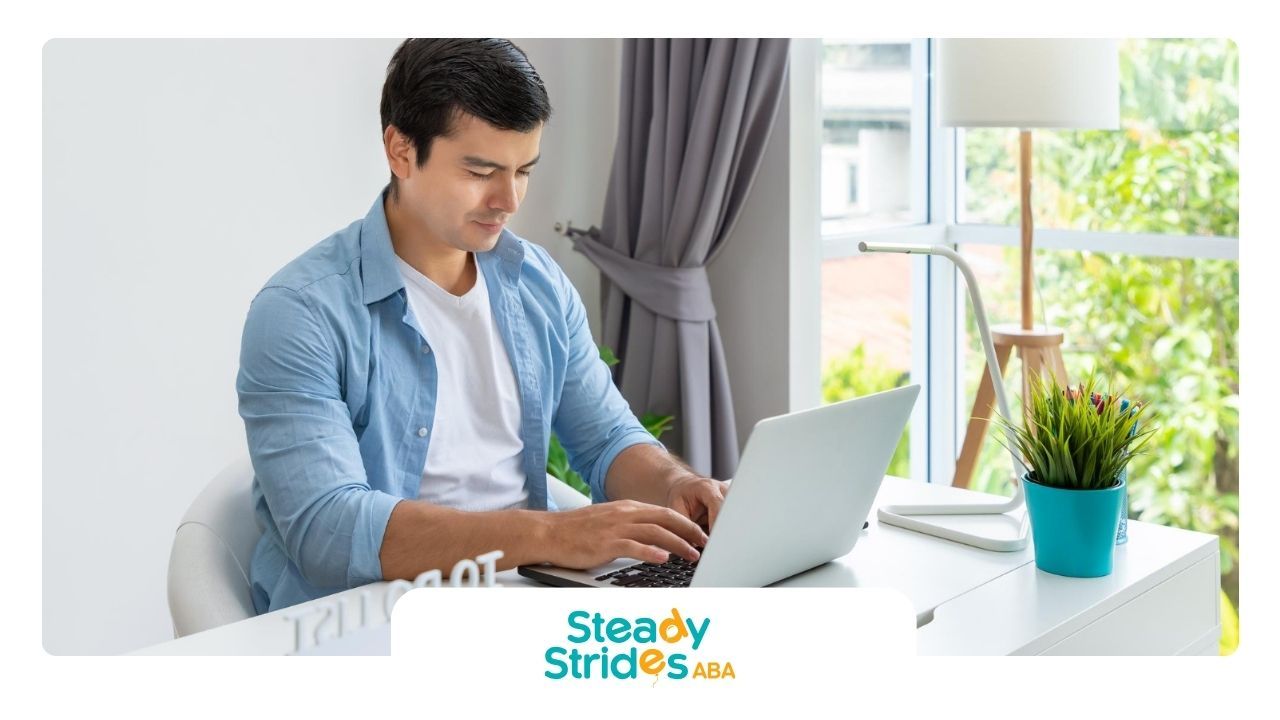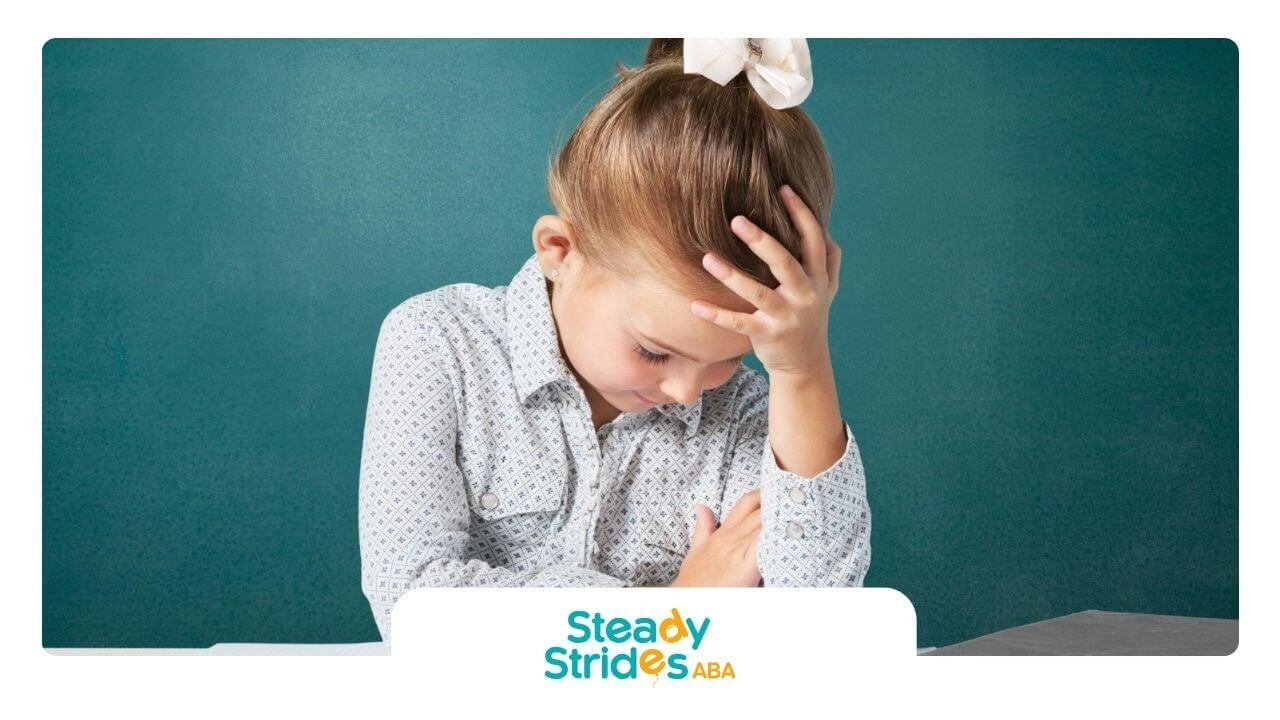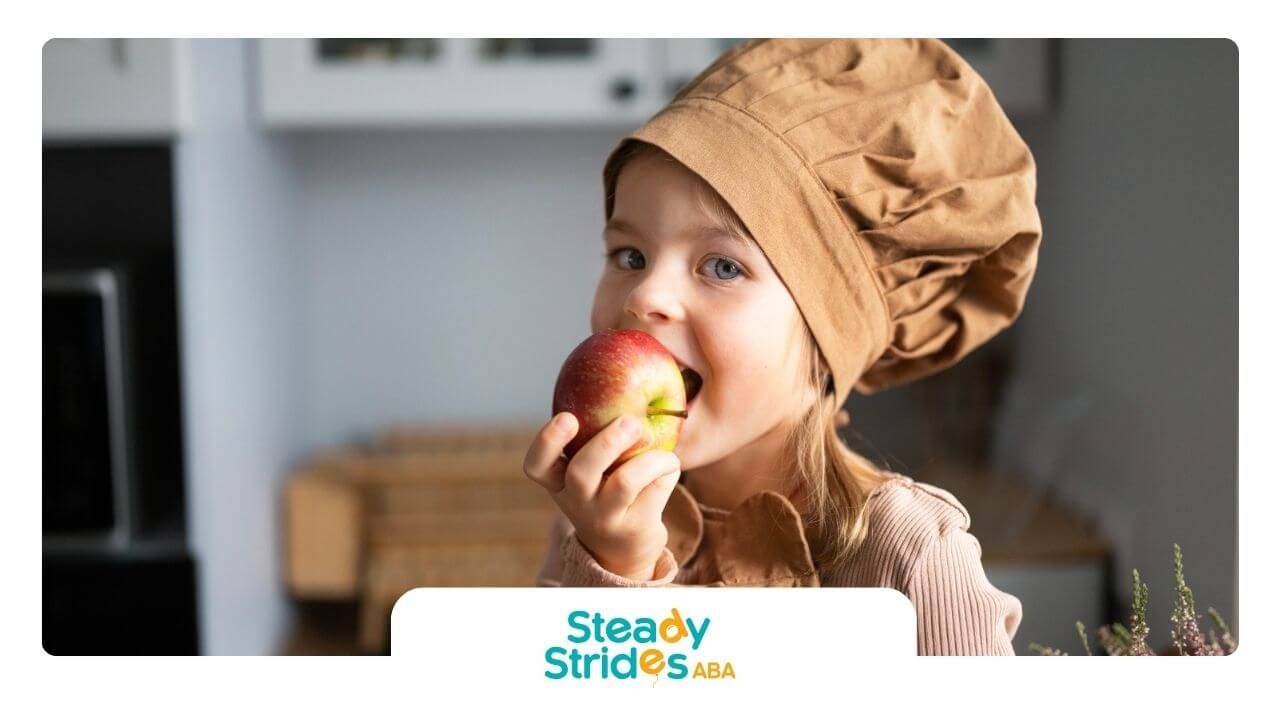Autism ribbon colors serve as powerful visual cues for awareness, acceptance, and inclusion. Each hue and emblem communicates unique themes from calmness and communication to diversity and empowerment. Families, educators, therapists, and community members rely on these symbols to spark conversation and foster support for individuals on the autism spectrum.
They include blue, puzzle piece patterns, red and yellow combinations, green, gold, rainbow designs, infinity symbols, and butterfly motifs. Exploring the origins and meanings of each version can guide parents, professionals, and advocates in choosing the right emblem for awareness campaigns, educational materials, or community events.
This article explores the background of each ribbon color and symbol, cites leading sources, and offers practical guidance on selecting the most appropriate design for specific contexts.
Ribbon Color Overview
The table below summarizes the most common autism ribbon colors and symbols, their primary messages, and notable campaigns. Detailed explanations follow in subsequent sections.
🎗️ Blue Ribbon Calmness · communication · stability
Notable Campaign / Origin: Early 2000s, Autism Speaks
🧩 Puzzle Piece Symbol Complexity · unique strengths · research focus
Notable Campaign / Origin: 1963, National Autistic Society
🎗️ Red and Yellow Ribbon Challenges (red) · hope & positivity (yellow)
Notable Campaign / Origin: Community awareness events
🎗️ Green Ribbon Acceptance · support · hope
Notable Campaign / Origin: School and therapy center initiatives
🎗️ Gold Ribbon Neurodiversity · talents · potential
Notable Campaign / Origin: Recent shift toward acceptance
🎗️ Rainbow Spectrum Ribbon Diversity of experiences
Notable Campaign / Origin: Multicolor awareness designs
♾️ Infinity Symbol Ribbon Infinite possibilities
Notable Campaign / Origin: Introduced in 2005 by neurodiversity advocates
🦋 Butterfly Ribbon Symbol Transformation · diversity
Notable Campaign / Origin: Emerging alternative imagery
Readers can refer to the sections below for detailed histories and interpretations, with citations to reputable sources.
Blue Ribbon Significance
The blue ribbon emerged in the early 2000s as one of the most recognized autism awareness symbols. Autism Speaks adopted it to raise visibility and promote understanding within local communities. The campaign spurred landmarks worldwide to light up in blue on World Autism Awareness Day each April 2nd.
This shade of blue represents calmness, communication, and stability qualities often desired in environments supporting individuals with autism. It serves as a reminder of the importance of clear channels of information and tranquil settings for sensory regulation.
Educators and therapists in Texas and beyond frequently incorporate blue ribbon visuals into classrooms, therapy materials, and fundraising events. Displaying this symbol helps foster conversations and encourage acceptance across diverse audiences.
Puzzle Piece Symbol Meaning
Since its introduction by the National Autistic Society in 1963, the puzzle piece has stood as a metaphor for the complexity and diversity of autism. Created by Gerald Gasson, a father seeking to highlight hidden abilities, the shape conveys that each individual fits into a broader picture of the autism community.
The jagged edges of the puzzle piece emphasize unique strengths and challenges, and the interlocking design calls for research, awareness, acceptance, and support. The motif appears on ribbons, posters, clothing, and event banners around the world.
Despite its prevalence, the puzzle piece has faced criticism. Some autistic advocates feel it implies individuals are missing a part or require fixing, shifting focus away from neurodiversity toward a cure narrative. Organizations and families may consider these perspectives when deciding whether this symbol aligns with their goals.
Red And Yellow Ribbon Meaning
A combination of red and yellow hues reflects dual aspects of the autism experience. Red symbolizes challenges and determination demonstrated by many individuals on the spectrum, while yellow represents optimism, hope, and unique talents.
By merging these colors into a single ribbon or puzzle piece, advocates highlight that difficulties can coexist with strengths, creating a balanced message of realism and positivity. The red and yellow design often appears in community awareness campaigns and local events that celebrate both support needs and personal achievements.
Some organizations expand on this combination by integrating green or blue accents, reinforcing themes of inclusion and communication. Selecting a red and yellow motif can signal a commitment to honest dialogue about the journey of individuals with autism and their support networks.
Green Ribbon Significance
The green ribbon serves as a symbol of acceptance, support, and hope for people on the autism spectrum. Its fresh, vibrant tone conveys growth and renewal, encouraging communities to nurture inclusive environments.
While less widely recognized than blue, green ribbon campaigns have been embraced by schools and therapy centers to highlight resource development, family support networks, and advocacy for accessible programs. It may appear in logos for local autism coalitions or as part of fundraising merchandise.
Families and professionals seeking a symbol focused on unity and positive change may choose the green ribbon to complement broader awareness efforts.
Gold Ribbon Symbolism
In recent years, the gold ribbon has become a prominent autism emblem. It emphasizes neurodiversity by celebrating talents, resilience, and potential of individuals on the spectrum.
Gold highlights the shift from awareness to full acceptance, focusing on strengths instead of deficits. It often accompanies events that showcase achievements in art, technology, or community leadership by autistic individuals.
Educators and therapists may use gold ribbon imagery to frame programs around skill-building and empowerment. The color palette reinforces messages about self-worth and the value of diverse perspectives in schools and clinics.
Multicolor Ribbon Variations
Multicolored ribbons and symbols have gained popularity as a way to represent the full spectrum of autism experiences. Rather than a single hue, these designs integrate multiple colors like blue, red, yellow, and green to underscore that every person with autism presents a unique combination of traits.
Rainbow Spectrum Ribbon
The rainbow spectrum ribbon uses a continuous gradient of colors to highlight diversity. It may appear alongside puzzle pieces or as a standalone ribbon, signaling that no two journeys are identical.
Infinity Symbol Ribbon
Introduced around 2005 by neurodiversity advocates, the rainbow infinity symbol represents infinite possibilities and strengths within the autism community. It highlights that neurological differences are natural variations of the human experience, deserving respect and celebration.
Butterfly Ribbon Symbol
The butterfly has emerged as an alternative emblem, representing transformation, beauty, and diversity in growth. Its wings evoke the idea of change and development over time, reflecting an evolving understanding of autism spectrum conditions. Nature imagery can make the symbol feel more organic in community gardens, school art projects, or sensory rooms.
Choosing A Ribbon Symbol
Selecting a ribbon color or symbol often depends on the message a group or individual wants to convey. Organizers should consider factors like campaign goals, audience sensitivity, and cultural context.
1 Message Intent
2 Target Audience
3 Symbol Preference
4 Design Context
5 Event Timing
By weighing these considerations, planners can ensure the chosen emblem resonates with participants and supports the overall mission.
Supporting Autism Awareness
Autism ribbon colors play a central role in uniting communities, sparking conversations, and promoting inclusion. Whether utilizing the classic blue ribbon, embracing vibrant multicolor designs, or highlighting neurodiversity with gold and green, each symbol contributes to a broader cultural shift.
Awareness efforts become more effective when symbols align with core values. Families, therapists, educators, and advocates can reference this guide to choose an emblem that reflects their objectives and fosters understanding within schools, clinics, and neighborhoods.
Conclusion
Autism ribbon colors and symbols do more than raise awareness—they spark conversations, promote acceptance, and foster inclusivity. From the classic puzzle piece ribbon to the infinity loop in vibrant rainbow hues, each design reflects the diverse experiences of individuals on the autism spectrum. Families, educators, and professionals can use these ribbons as tools to spread understanding, advocate for resources, and celebrate neurodiversity. By embracing their meaning and sharing them in schools, communities, and workplaces, we take meaningful steps toward building a world that is not only aware of autism but truly supportive and inclusive.
At Steady Strides ABA, we go beyond awareness—we provide compassionate, evidence-based ABA therapy across Texas to help children with autism reach their full potential.
Guided by experienced BCBAs and dedicated RBTs, our ABA therapy programs are tailored to meet your child’s unique needs while equipping families with the tools to reinforce progress at home and in the community.
Contact us today to learn how our team can support your child’s growth and join you in promoting acceptance, inclusion, and meaningful change.
Frequently Asked Questions
What does the autism awareness ribbon mean?
The autism awareness ribbon, originally designed with colorful puzzle pieces, symbolizes the complexity and diversity of autism. Today, many also use the infinity loop to represent inclusivity, acceptance, and the broad spectrum of abilities.
Why are there different autism ribbon colors?
Different colors represent different aspects of autism awareness. Blue is often associated with Autism Speaks’ campaign, gold reflects value and strength, and rainbow or multicolor ribbons represent diversity and the spectrum nature of autism.
How can families use autism ribbons to spread awareness?
Families can wear pins, share digital ribbons, participate in awareness events, and educate others about the meaning behind the ribbons. These simple actions promote acceptance and create more supportive communities.
SOURCES:
https://www.autismparentingmagazine.com/autism-symbols/
https://www.angelsense.com/blog/what-do-the-autism-colors-and-symbols-mean/
https://www.swagmagic.com/blog/autism-awareness-month-color/
https://www.autismparentingmagazine.com/autism-colors/
https://www.autismspeaks.org/blog/why-you-should-wear-blue-april-2-world-autism-awareness-day













